Filter by
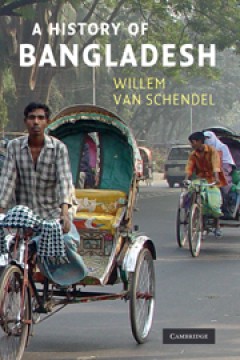
A History of Bangladesh
Bangladesh is a new name for an old land whose history is little known to the wider world. A country chiefly famous in the West for media images of poverty, underdevelopment, and natural disasters, Bangladesh did not exist as an independent state until 1971. Willem van Schendel's history reveals the country's vibrant, colourful past and its diverse culture as it navigates the extraordinary twis…
- Edition
- -
- ISBN/ISSN
- 9780511997419
- Collation
- -
- Series Title
- -
- Call Number
- -
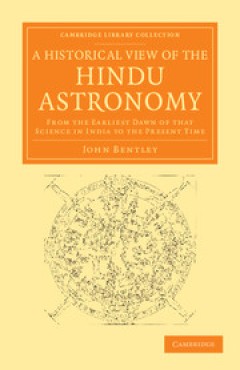
A Historical View of the Hindu Astronomy
Shrouded in poetry, the earliest accounts of Hindu astronomy can strike modern readers as obscure. They involve the marriage of the moon to twenty-seven princesses, a war between gods and giants, and shadows that give birth to planets. In this fascinating study, first published in Calcutta in 1823 and reissued here in the 1825 edition, John Bentley (c.1750–1824) strives to strip back the myth…
- Edition
- -
- ISBN/ISSN
- 9781139506533
- Collation
- -
- Series Title
- Cambridge Library Collection - South Asian History
- Call Number
- -
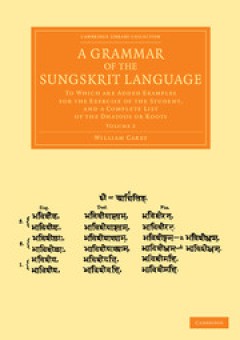
A Grammar of the Sungskrit Language to Which Are Added Examples for the Exer…
The Indo-Aryan language of Sanskrit is the primary language of Hinduism and also a scholarly language of Buddhism. Dating back to the second millennium BCE, it is considered to be the parent of most modern languages of India, and remains central to work in Indo-European studies, philology and linguistics today. First published in 1806, this is a comprehensive grammar of Sanskrit, compiled by th…
- Edition
- -
- ISBN/ISSN
- 9781139507271
- Collation
- -
- Series Title
- Cambridge Library Collection - Perspectives from the Royal Asiatic Society
- Call Number
- -
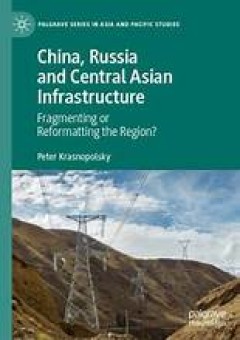
China, Russia and Central Asian Infrastructure
This book evaluates Central Asian regionalism by analyzing the impact of Russia and China on physical infrastructure in the region. The narrative builds a picture of the nature of the two powers’ influence on the development of regional connectivity in Central Asia. The study covers the 30-year period since the dissolution of the Soviet Union, with a focus on the last decade preceding the glo…
- Edition
- 1
- ISBN/ISSN
- 978-981-19-4254-9
- Collation
- Sejarah Sosial
- Series Title
- -
- Call Number
- 301.7
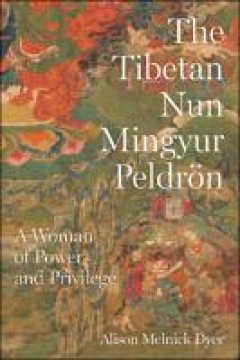
The Tibetan Nun Mingyur Peldrön: A Woman of Power and Privilege
Born to a powerful family and educated at the prominent Mindröling Monastery, the Tibetan Buddhist nun and teacher Mingyur Peldrön (1699–1769) leveraged her privileged status and overcame significant adversity, including exile during a civil war, to play a central role in the reconstruction of her religious community. Alison Melnick Dyer employs literary and historical analysis, centered on…
- Edition
- Ed. 1
- ISBN/ISSN
- 9780295750378, 9780295750354
- Collation
- 242
- Series Title
- -
- Call Number
- 959 MEL t

The Political System of the Atoni of Timor
Indonesia
- Edition
- Ed. 1
- ISBN/ISSN
- 9789004286900
- Collation
- 526
- Series Title
- Verhandelingen van het Koninklijk Instituut voor Taal-, Land- en Volkenkunde, 60
- Call Number
- 950 SCH p
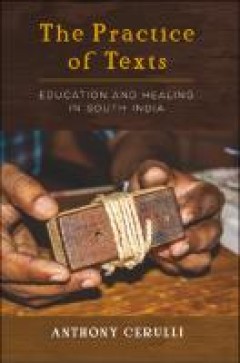
The Practice of Texts: Education and Healing in South India (Edition 1)
The Practice of Texts examines the uses of the Sanskrit medical classics in two educational institutions of India’s classical life science, Ayurveda: the college and the gurukula. In this interdisciplinary study, Anthony Cerulli probes late- and postcolonial reforms in ayurvedic education, the development of the ayurvedic college, and the impacts of the college curriculum on ways that ayurved…
- Edition
- Ed. 1
- ISBN/ISSN
- 9780520383555, 9780520383555
- Collation
- -
- Series Title
- -
- Call Number
- 294.5 CER p

The Khilafat Movement in India 1919-1924
Indonesia
- Edition
- Ed. 1
- ISBN/ISSN
- 9789004286924
- Collation
- 272
- Series Title
- Verhandelingen van het Koninklijk Instituut voor Taal-, Land- en Volkenkunde, 62
- Call Number
- 950 NIE k
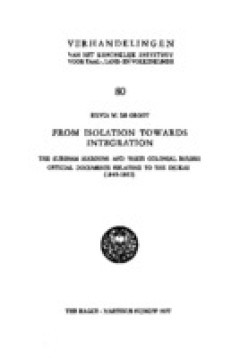
From Isolation towards Integration
From Isolation towards Integration was originally published in Dutch as Volume 41 (1963) in the series Verhandelingen van het Koninklijk Instituut voor Taal-, Land- en Volkenkunde.
- Edition
- Ed. 1
- ISBN/ISSN
- 9789004287112
- Collation
- 126
- Series Title
- -
- Call Number
- 950 DEG f

A Grammar of the Mahratta Language To Which Are Added Dialogues on Familiar …
Marathi, an official language of Maharashtra and Goa, is among the twenty most widely spoken languages in the world. The southernmost Indo-Aryan language, it is also spoken in Gujarat, Madhya Pradesh, Karnataka, and Daman and Diu, and is believed to be over 1,300 years old, with its origins in Sanskrit. First published in 1805, this grammar of Marathi (then known as Mahratta) was compiled by th…
- Edition
- -
- ISBN/ISSN
- 9781139519847
- Collation
- -
- Series Title
- Cambridge Library Collection - Perspectives from the Royal Asiatic Society
- Call Number
- -
 Computer Science, Information & General Works
Computer Science, Information & General Works  Philosophy & Psychology
Philosophy & Psychology  Religion
Religion  Social Sciences
Social Sciences  Language
Language  Pure Science
Pure Science  Applied Sciences
Applied Sciences  Art & Recreation
Art & Recreation  Literature
Literature  History & Geography
History & Geography